What is the tolerance range of precision screws?
What is the tolerance range of precision screws?
Service Hotline
+86760-8787 8587We have more than ten years of production experience in the screw industry. The main products are: DIN7984 bolts, copper lugs, 8-grade high-strength black carbon steel hexagon nuts, knurled hand-tightening bolts, metal self-locking nuts, black aluminum countersunk head rivets, Inexpensive DIN547 stainless steel, two-wave wave spring washer, buckle fixed riding clips, steel screws, DIN1587 nuts, 202 stainless steel bolts, children's car accessories copper posts, cylindrical end set screws, DIN1587 and other fasteners, due to the product material and Specifications vary, prices vary, please contact us if necessary.


With the continuous improvement of road facilities, guardrails are set up in the middle of the roads in most cities at the separation of the upper and lower lanes. At the same time, guardrails are also set up between the motor vehicle lane and the non-motor vehicle lane. The bottom of the guardrail column is set with a base, and the base is usually made of If the steel nail is fixed, the deformation hole should be drilled on the asphalt road first, and then the steel nail should be knocked into the deformation hole. Because the outer wall of the steel nail is cylindrical, the friction force on the ground is small, and the guardrail is affected by the deformation. When the external impact force occurs, the steel nails are easily detached from the asphalt road, making the road guardrail lose its fixation. In some places, expansion screws are used to fix the railings, but during the tightening process of the expansion screws, the expansion pieces are opened by the force of the ejector rod, and the opening angle is small. Limited, the railing will still fall down when subjected to a large impact. Therefore, it is necessary to design a special screw for fixing the railing on the asphalt road.
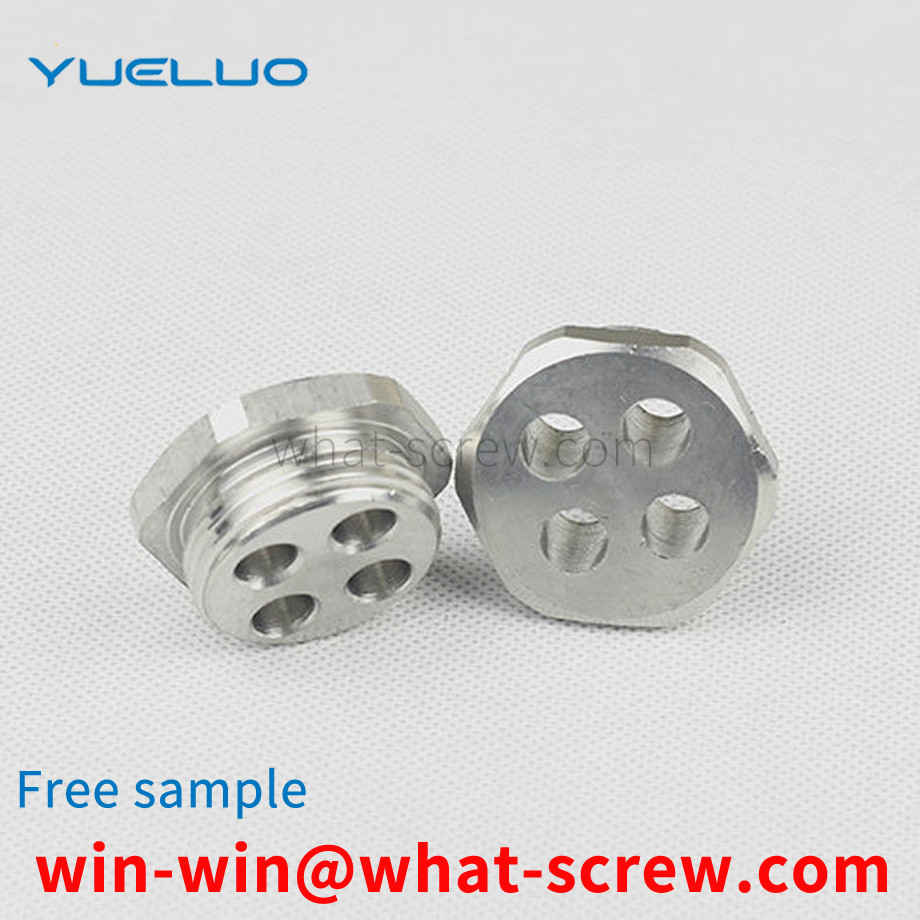
According to relevant standards, the performance grades of carbon steel and alloy steel bolts are divided into more than 10 grades such as 3.6, 4.6, 4.8, 5.6, 6.8, 8.8, 9.8, 10.9, 12.9, etc. Among them, the bolts of grade 8.8 and above are made of low-carbon alloy steel or medium Carbon steel and heat treatment (quenching, tempering) are generally called high-strength bolts, and the rest are generally called ordinary bolts. The bolt performance grade label consists of two parts of numbers, which represent the nominal tensile strength value and yield ratio of the bolt material respectively. Stainless steel bolts are divided into A1-50, A1-70, A1-80, A2-50, A2-70, A2-80, A3-50, A3-70, A3-80, A4-50, A4-70, A4-80, A5-50, A5-70, A5-80, C1-50, C1-70, C1-110, C4-50, C4-70, C3-80, F1-45, F1- 60. The first letter and number represent the stainless steel group, and the second and third numbers represent 1/10 of the tensile strength. [2]
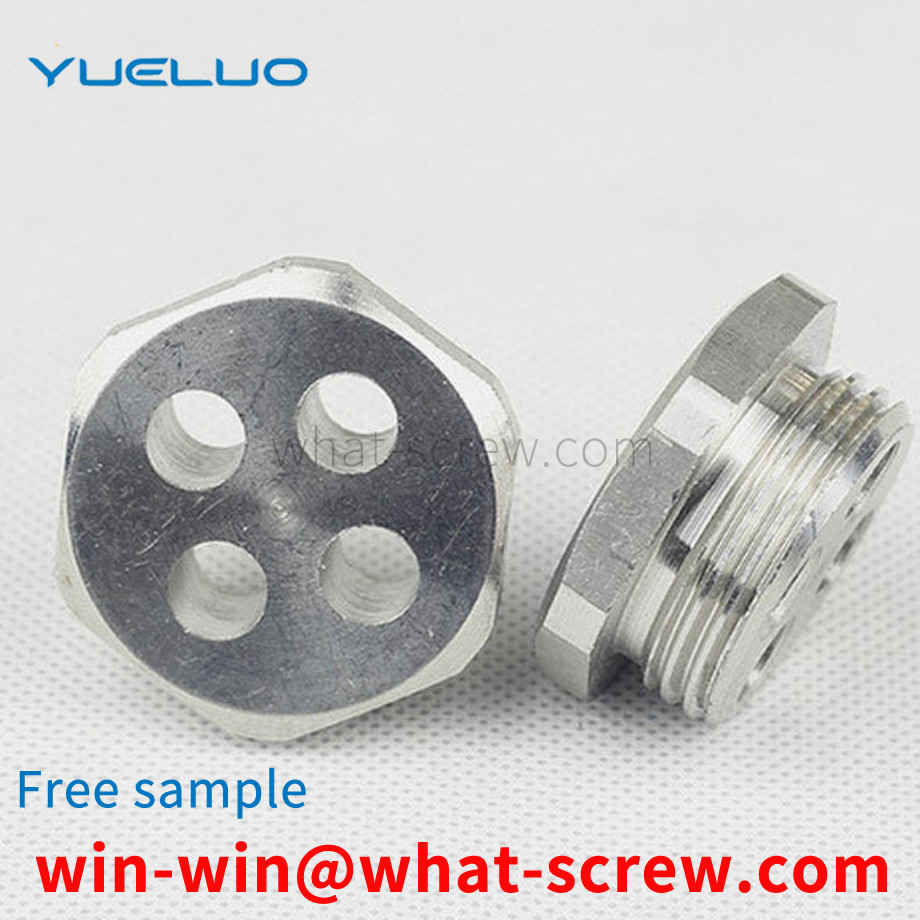
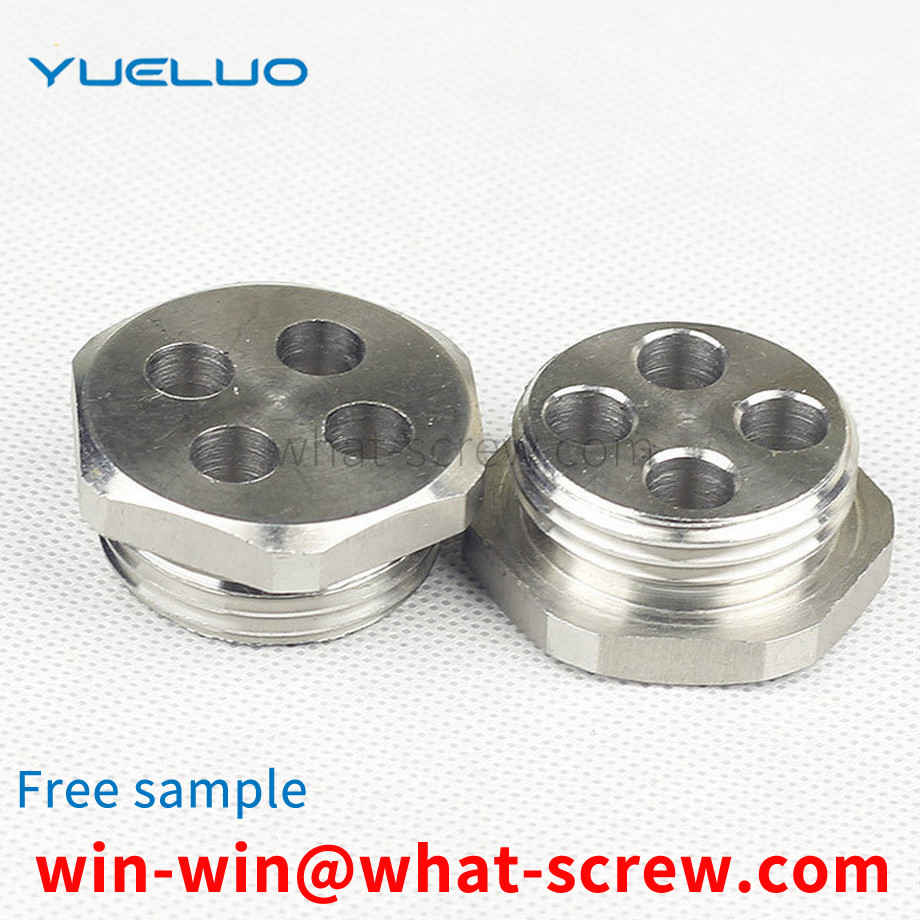
1. First remove the sludge on the surface of the broken head of the broken screw, use the center gun to kill the center gun of the section, and then use an electric drill to install a drill bit with a diameter of 6-8 mm to drill the hole in the center of the section, pay attention to the hole must be drilled through. After the hole is drilled through, remove the small drill bit and replace it with a drill bit with a diameter of 16 mm, and continue to expand and drill through the hole of the broken bolt. 2. Take a welding rod with a diameter of less than 3.2 mm and use a medium and small current to carry out surfacing welding from the inside to the outside in the hole of the broken bolt. Take half of the entire length of the broken bolt at the beginning of the surfacing welding. When starting the surfacing welding, the arc should not be too long. In order to avoid burning through the outer wall of the broken bolt, surfacing to the upper end face of the broken bolt, and then continue surfacing to weld a cylinder with a diameter of 14-16 mm and a height of 8-10 mm. 3. After the surfacing is completed, hammer the end face with a hammer to make the broken bolt vibrate along its axial direction. Due to the heat generated by the previous arc and the subsequent cooling plus the vibration at this time, the broken bolt and the thread of the body will be loose in between. 4. Carefully observe, when it is found that a small amount of rust leaks from the fracture after the knock, take the M18 nut and put it on the surfacing column head and weld the two together. 5. After welding, use a torx wrench to cover the nut while it is still hot, and twist it back and forth, or tap the end face of the nut with a small hand hammer while twisting back and forth, so that the broken bolt can be taken out. 6. After taking out the broken bolt, use a suitable tap to process the thread in the frame to remove rust and other debris in the hole.
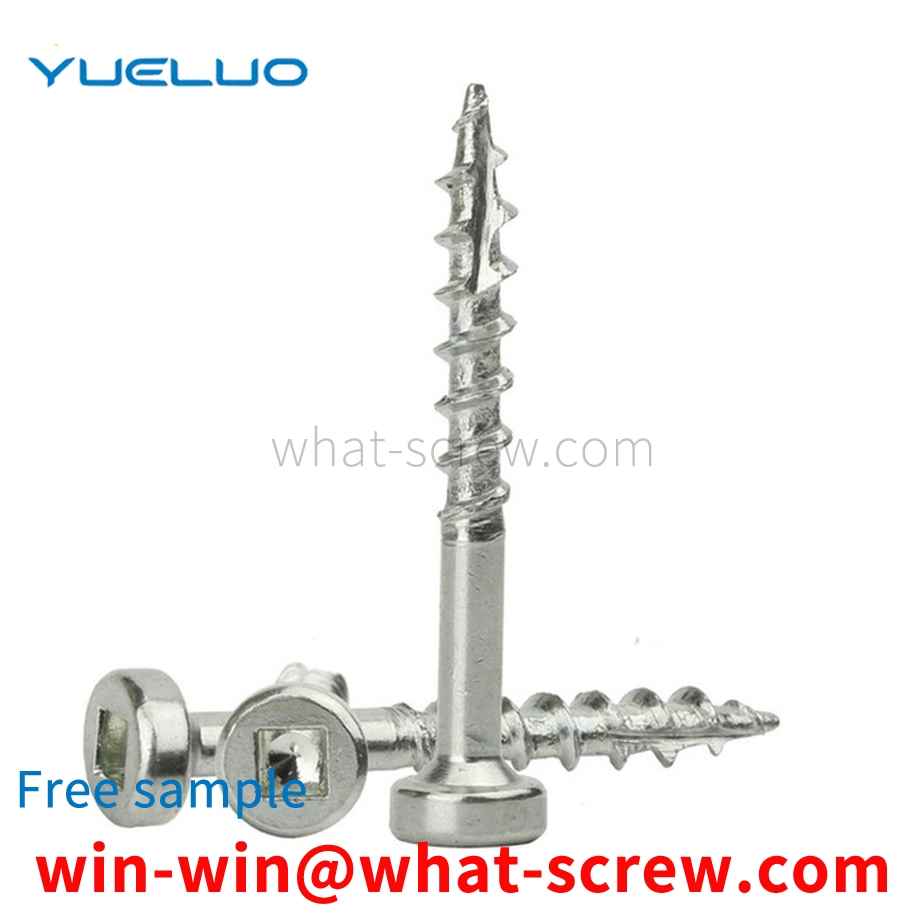
The common riveting techniques of non-blind rivets are divided into cold riveting and hot riveting. Cold riveting is a riveting method that uses a rivet rod to partially pressurize the rivet, and continuously swings around the center or the rivet is forced to expand until the rivet is formed. The common cold riveting methods are the pendulum riveting method and the radial riveting method. The pendulum rolling riveting method is easy to understand, and the rivet head only swings and rolls in the circumferential direction.
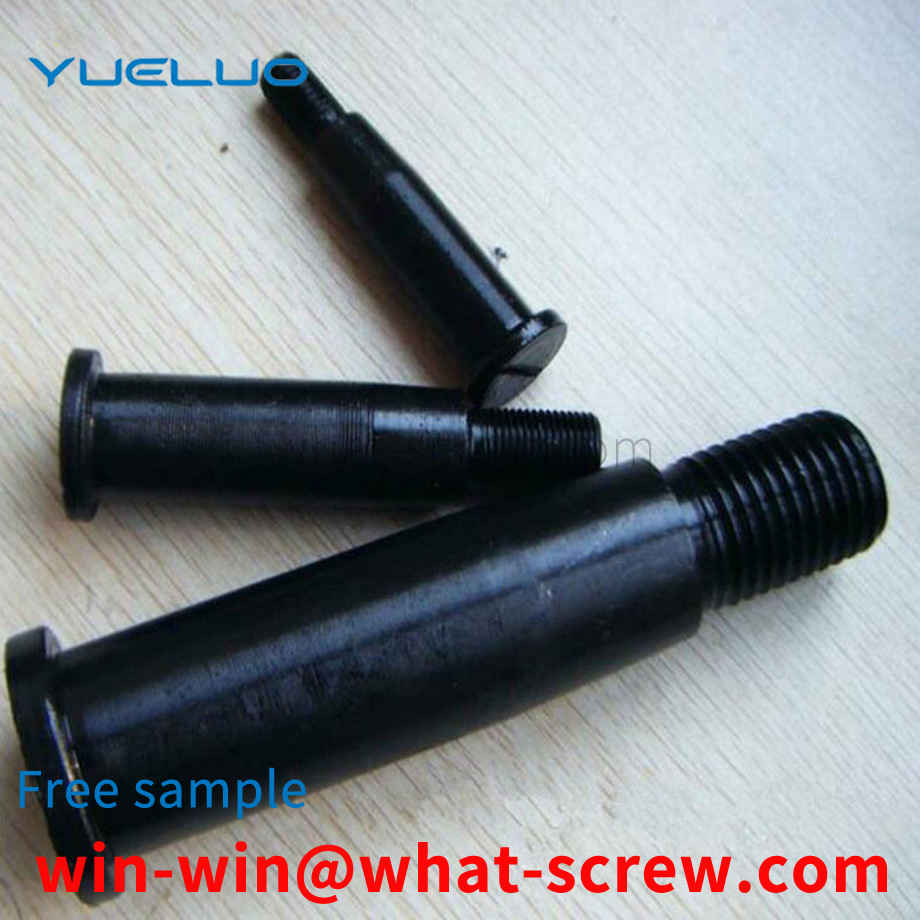
The above content is uploaded by Yueluo or the Internet. If there is any copyright issue, please contact [email protected].

What is the tolerance range of precision screws?

How to choose the right stainless steel screw manufacturer?

Why is there an R angle under the head of the hexagon head s...
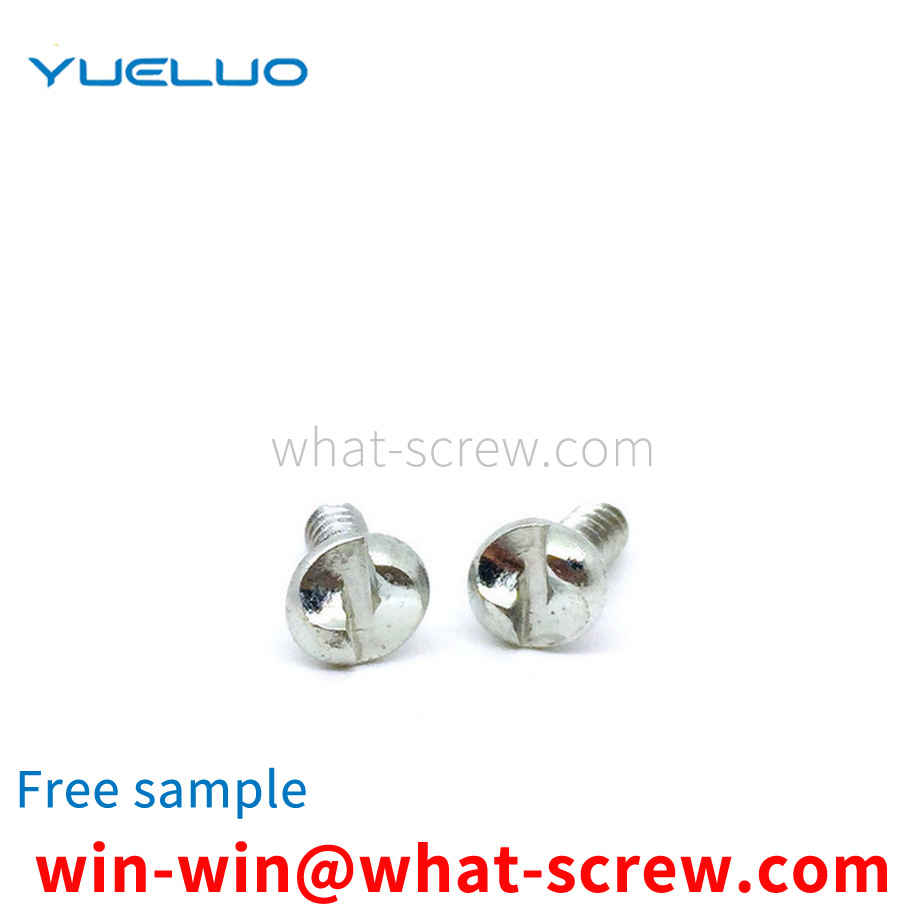
We have more than ten years of production experience in the ...

We have more than ten years of production experience in the ...
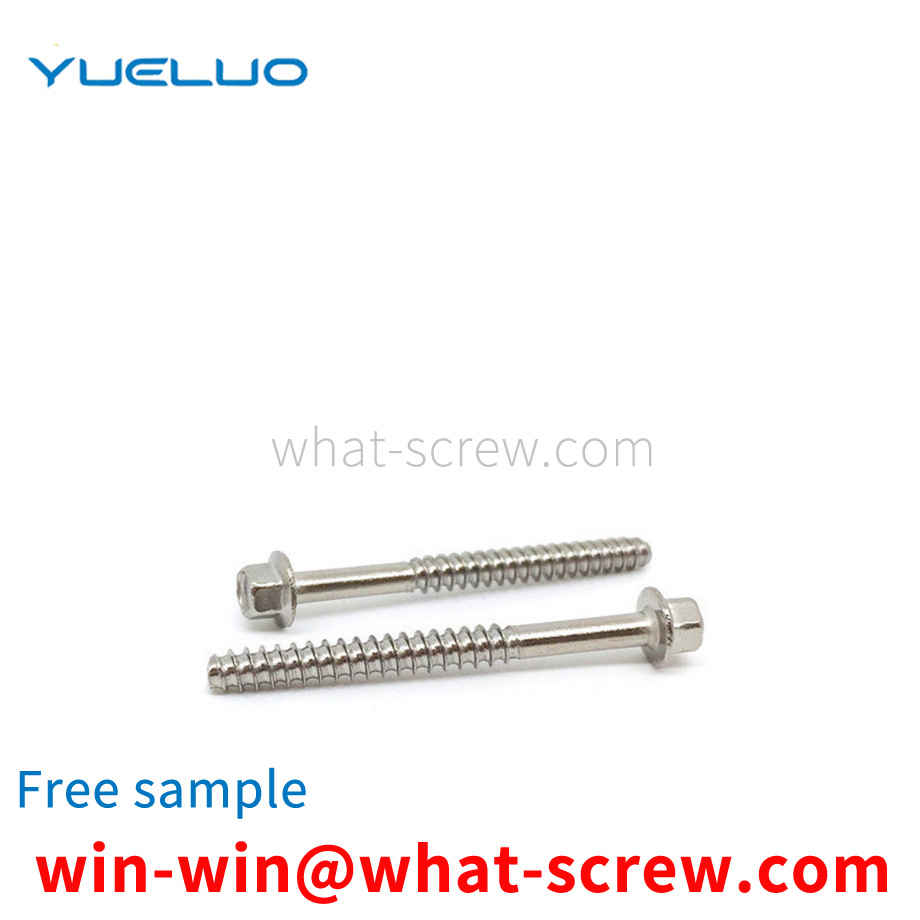
We have more than ten years of production experience in the ...
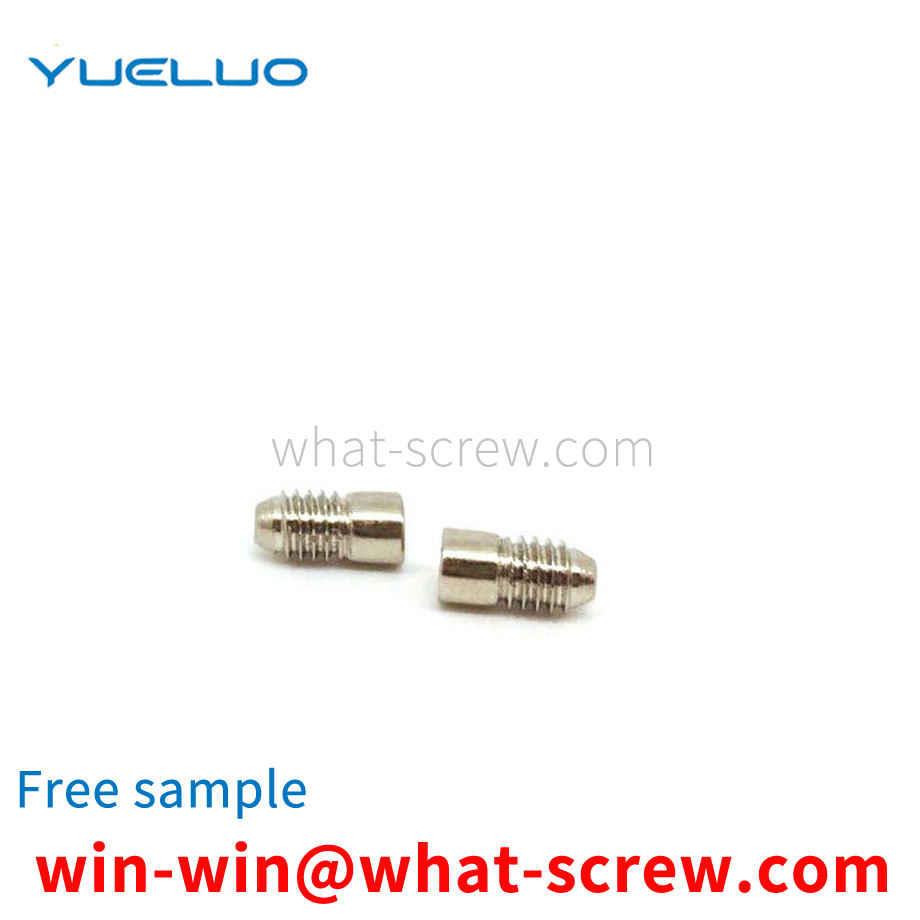
We have more than ten years of experience in the production ...